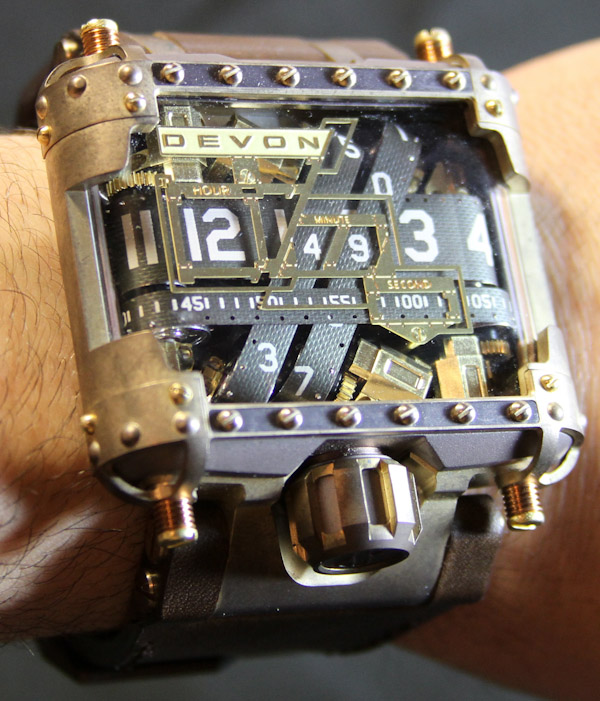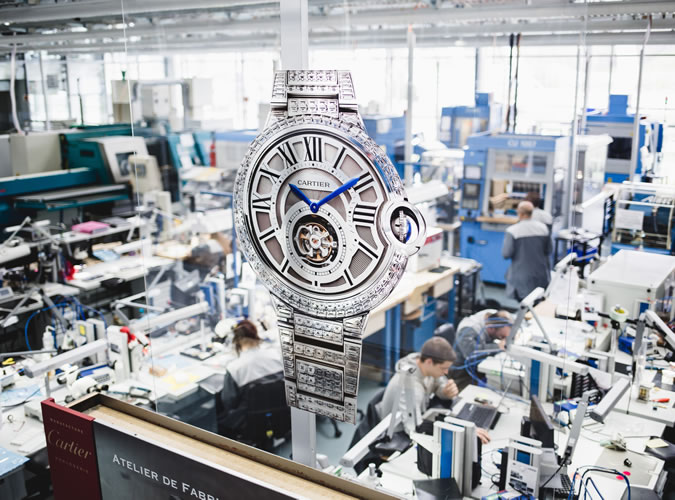
Like everything else, technology has had a huge impact on the way people tell time. However, many people believe old innovations to be the most significant ones when it comes to watchmaking. For instance, the introduction of the quartz back in 1969 or when Rolex launched its first waterproof timepiece in 1926. Indeed, it does feel like all the major milestones were achieved by engineers at different popular watchmaking brands decades ago.

However, you can never be so wrong! You see, the innovations have just started thanks to the advancements in tech. There are also many documentaries regarding watchmaking that will prove that. I remember how I came across one after I just subscribed to the Spectrum gold package and chose the option of Spectrum net billing. It blew my mind away!
4 Ways How Technology Is Improving the Quality of Watches

You may have noticed that high-end and rare timepieces are highly valued. One reason for this is that they are crafted by hand. And though hand-made watches still hold a prominent place in the watchmaking world, there are some Haute horologists who now accept that beautiful and superior watches can be made other than using the old-fashioned ways. With that said, here are a few ways how technology is enhancing the quality of watches.
#1. Iterations of Steel

The Swiss designer Gerald Genta changed things in the watchmaking industry forever when he designed a watch for Rolex called, Audemars Piguet. He crafted the Royal Oak on the watch which made it so unique at the time. And guess what? This timepiece was made from steel! The watch quickly grabbed the attention of people around the world. Since then, steel has become an essential element in watches. But the only thing troublesome was that such timepieces were really complex, costly, and took a lot of time to manufacture. However, technology has changed all that.
Today, a lot of famous brands such as Cartier, TAG Heuer, and Omega manufacture their timepieces with steel. Rolex remains one step ahead when it comes to using technology to manufacture exceptional steel watches like Oystersteel which they made by using proprietary machines. The brand also uses spark erosion which is a highly sophisticated method of machining to craft their logo on the timepieces.
#2. Innovations in Gold and Steel

When it comes to watchmaking, old and established brands are not the only ones who are bringing innovations. A relatively new young brand called Hublot turned heads when they fused technology with traditionalism. Through their innovation, they showed how luxe timekeeping can be enhanced and optimized with the usage of the latest technology. For example, the band has invested a lot to change the two resources which are primarily used to make watches i.e., ceramic and gold.
Hublot has experimented with the two materials to create an 18-carat gold alloy which is highly scratch-resistant and much harder as compared to either ceramic or gold. This type of metal is only produced by Hublot as they are the only ones who have the secret to this invention. They are also known for producing brightly colored ceramics which is actually hard to do so as colors tend to change in the ceramic baking process.
#3. The Rise of Automation

Among hand-finishing and crafting, there are some timepieces that were manufactured (or at least a part) with the help of automation. Do keep in mind that many brands produce millions of watches every year. This means that not every part of them is crafted by hand. Today, there are many watchmakers who are using machinery and robots to produce certain components of their timepieces. They also use them to perfect some elements which give the watches more grace.
#4. Production of the Smaller Components Made Easy

High-tech machines help watchmakers to manufacture thin, complex, and smaller designs. These tinier components are produced by different machines. This tech also allows the designers to bring more complex ideas to life. They design hyper-detailed components which cannot be done a few decades ago. Today, the precision of machines outperforms humans quite easily and makers no longer have to rely on them to create the tiny parts to complete the big picture.
Conclusion

The modes of manufacturing and design when it comes to watchmaking are changing rapidly. So, anyone who is interested in staying abreast of timekeeping technology should embrace it. However, this does not mean that the old-fashioned way of watchmaking will become obsolete. If anything, the tech will make those ways much more interesting and valuable. Technology is used by different brands just to make sure that a certain level of precision, accuracy, and perfection is achieved which could not be done in the past.




